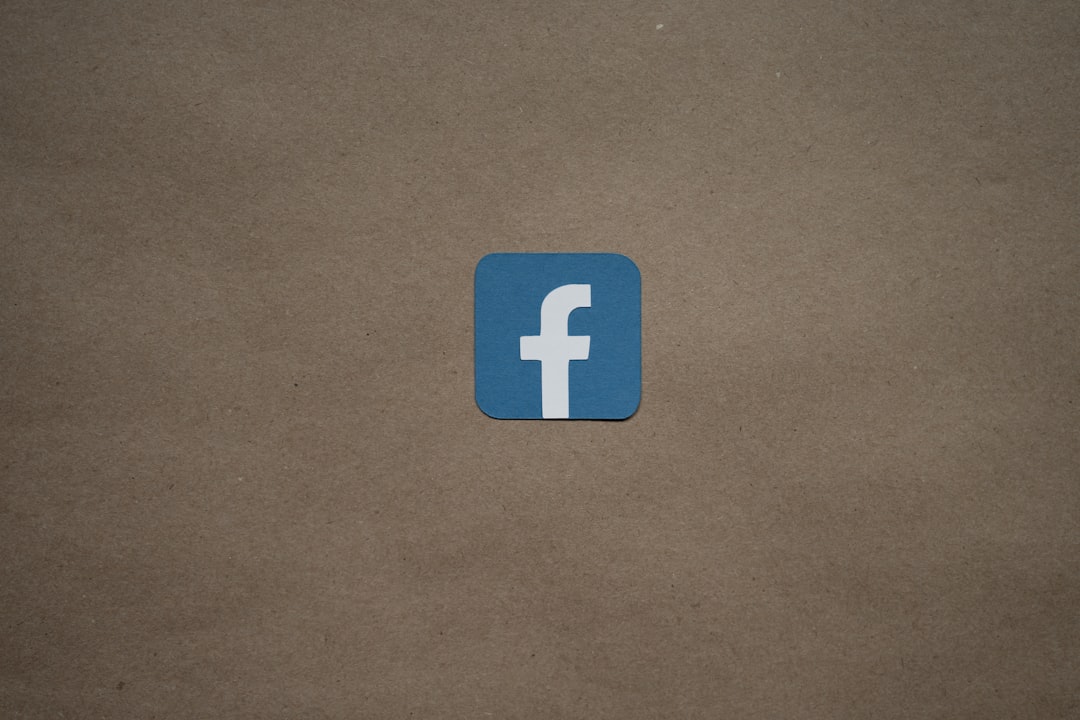In the world of interior décor and home brands, branding plays a crucial role in setting a business apart from the competition. One of the most essential aspects of brand identity is a well-designed logo. It communicates the business’s aesthetic, values, and professionalism in a single image. Whether minimalistic or ornate, a good logo can leave a lasting impression on clients and customers.
Contents of Post
TLDR
Interior décor and home brands need logos that express style, sophistication, and trust. This article presents 12 creative and professional logo ideas tailored specifically to home and décor businesses. From minimalist elements to organic shapes and vintage styles, there’s inspiration for every type of brand. A strong logo is the first step in building a memorable and trustworthy identity.
1. Minimalist Monogram
Simplicity meets elegance. A clean, two-letter monogram using simple fonts can make a powerful statement. Brands that opt for a minimalist aesthetic—think Scandinavian décor or modern interior design—benefit immensely from stripped-down designs that use negative space and a low color palette. This type of logo works well on everything from signage to product tags.
2. Line Art House Icons
Line art is both trendy and timeless. Using subtle outlines of houses, rooftops, or windows allows a logo to directly reflect the nature of the business. These types of logos are often adaptable and can look great in both color and black-and-white formats.

3. Nature-Inspired Logos
For brands that emphasize sustainability, natural furnishings, or biophilic design, nature-inspired logos are a perfect match. Think leaves, wood textures, or abstract representations of earth and water. Combined with neutral tones, these logos create a calming and earthy brand feel.
- Leaf or fern silhouettes
- Soft green and beige tones
- Organic flow and curvilinear shapes
4. Serif Font Statements
Sometimes, the right font is all you need. Serif fonts provide a sense of tradition, authority, and elegance. Brands leaning toward luxury décor or timeless interiors might use this style to evoke sophistication and trust. Embossed or foil-stamped serif logos can be especially eye-catching on business cards and packaging.
5. Watercolor Background Logos
Adding a soft watercolor texture behind a brand’s name or icon can transform a simple logo into a visually rich one. This technique works well for home décor brands with an artistic flair or bohemian vibe. Combined with a handwritten font or sketch-style icon, it creates a personal connection with customers.

6. Geometric Interior Elements
Geometric shapes, particularly when arranged to resemble homewares like chairs, tables, or lamps, lend modernity and structure to a brand identity. Brands using modular furniture, smart home design, or urban décor styles often lean into this design trend to convey efficiency and cutting-edge design.
7. Vintage Emblem Logos
For brands that specialize in antiques or retro home styling, a vintage emblem logo speaks volumes. These usually take the form of circular or oval badges filled with ornate fonts and handcrafted elements. A weathered color palette, like dusty rose or faded blue, complements this logo style beautifully.
8. Abstract Shapes and Patterns
Abstract design gives room for creative expression. Using unconventional shapes and artistic compositions can suggest uniqueness and flair. These logos are best suited for high-end interior decorators who want to present themselves as original, creative, and ahead of the curve.
9. Floorplan-Inspired Designs
Integrating elements of architectural blueprints or floorplans into a logo can be particularly effective for interior designers and space planners. Thin, detailed lines and minimalist layouts can help express the brand’s technical precision and attention to detail.
10. Typography with Home Symbols
Combining text with small home-related symbols—such as a roof over the brand name or windowpanes replacing letters—adds instant recognition. These elements should be subtle to keep the logo clean but can offer powerful visual ties to the industry.
11. Hand-Drawn Illustrations
Logos that use sketch-style or hand-drawn elements offer a warm, personal touch. Ideal for boutique home brands, these logos evoke craftsmanship and a strong human connection. The imperfect lines of hand-drawn logos suggest authenticity and charm.
12. Monoline Logos with Color Pop
Designed using a single-width line, monoline logos maintain simplicity while still allowing for style. A strategic pop of color—such as a single red chair icon or a golden lightbulb—can create a modern twist that captures attention. This type of logo offers great flexibility across marketing materials.
Final Thoughts
Creating a logo for an interior décor or home brand isn’t just about visual appeal—it’s about communicating identity. Whether opting for minimalism, elegance, nature-inspired elements, or vintage charm, the logo should sync with the brand’s core message and values. Consistency and clarity are key to ensuring that customers develop a strong, lasting impression.
Frequently Asked Questions
What makes a good logo for a home decor brand?
A good logo for a home decor brand should be memorable, versatile, and relevant to the brand’s aesthetic and values. It should work across different media, from websites to packaging, and reflect what the business specializes in—whether it’s luxury design, sustainable products, or minimalist styling.
Should I opt for a symbol or just text?
That depends on your brand identity. A symbol can make the logo more recognizable, especially if used creatively. However, a well-crafted text logo using a custom font can also be extremely effective. Many brands benefit from a combination—a symbol alongside the brand name.
What colors work best for interior décor logos?
Neutral tones such as beige, gray, soft green, and earth shades are commonly used as they feel calming and organic. Bright pops of color can be used strategically but should reflect the brand’s personality. Consistency in color usage helps in building a cohesive visual identity.
Is it necessary to hire a professional designer?
While there are many DIY tools available, hiring a professional ensures that your logo is unique, scalable, and aligned with your overall brand strategy. Designers also understand file formats, color requirements, and brand consistency across platforms.
Can a logo evolve over time?
Yes, many brands update or refine their logos as they grow. A logo refresh can indicate progress, modernization, or a shift in brand direction. However, it’s important to ensure that any changes retain core recognizability.
